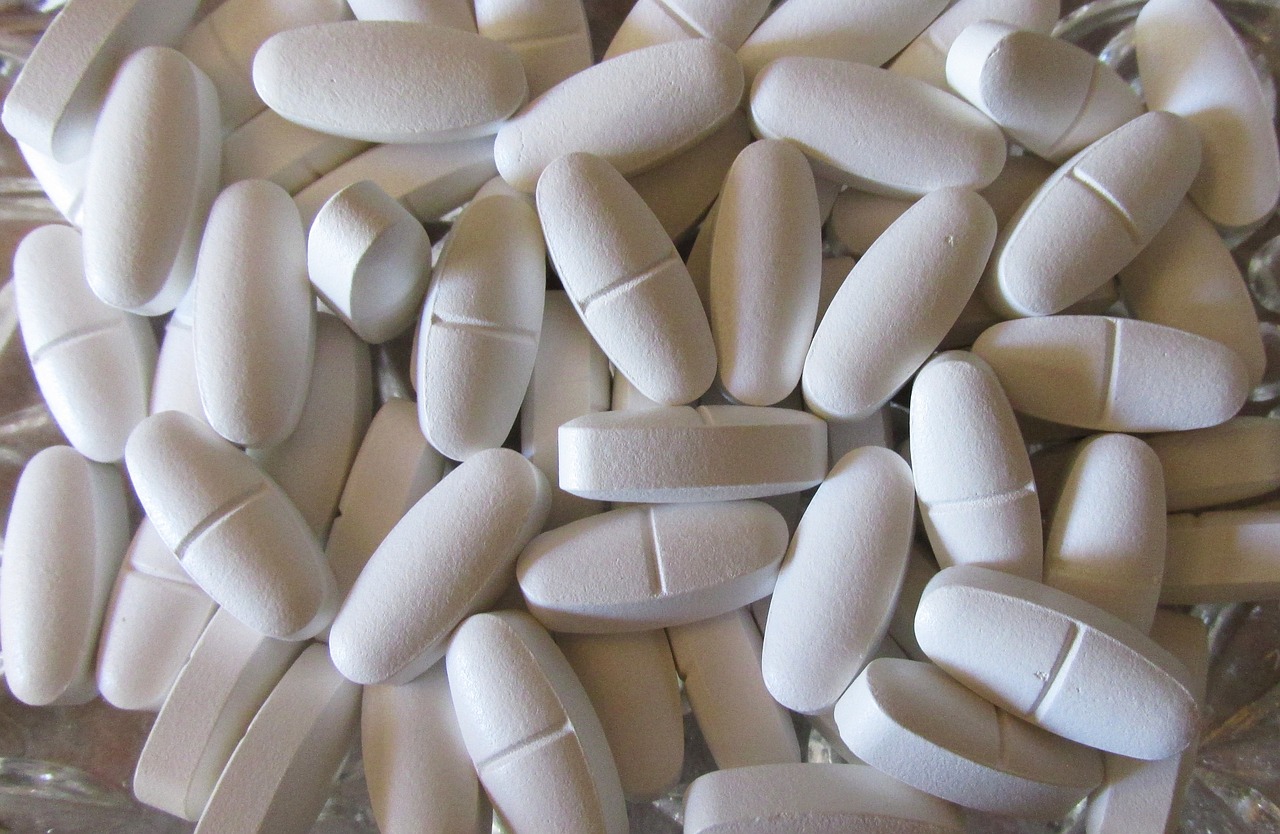The Impact of Environmental Factors on Drug Response and Toxicity: Tigerexchange247, Golden 77, Sky99exch
tigerexchange247, golden 77, sky99exch: Environmental factors play a significant role in how individuals respond to drugs and their potential toxicity. From air quality to lifestyle choices, a range of external influences can impact how our bodies metabolize medications and the risk of experiencing adverse effects. Understanding these environmental factors is crucial for healthcare providers and patients alike to optimize treatment outcomes and minimize potential harm.
Genetics and Lifestyle Choices
Our genetic makeup plays a significant role in how our bodies process medications, affecting factors such as drug absorption, distribution, metabolism, and excretion. However, environmental influences can also impact drug response. For example, smoking cigarettes can increase the metabolism of certain drugs, leading to reduced efficacy. Similarly, alcohol consumption can alter drug metabolism and increase the risk of toxicity. Lifestyle choices like diet and exercise can also influence drug response, highlighting the interconnected nature of genetics and environment in pharmacological outcomes.
Air Quality and Environmental Toxins
Air pollution and exposure to environmental toxins can have a profound impact on drug response and toxicity. Studies have shown that individuals living in areas with high levels of air pollution may experience altered drug metabolism, leading to unpredictable responses and increased risk of side effects. Additionally, exposure to environmental toxins like heavy metals and pesticides can disrupt drug metabolism pathways, further complicating treatment outcomes. Healthcare providers must consider these environmental factors when prescribing medications and monitor patients closely for potential interactions.
Climate and Temperature
Climate and temperature can also influence how our bodies respond to drugs. For example, extreme heat or cold can affect drug absorption rates and metabolism, leading to variations in drug effectiveness and potential toxicity. Individuals living in regions with harsh climates may require dose adjustments or alternative medications to account for these environmental factors. Additionally, changes in climate due to global warming can impact the distribution of infectious diseases, affecting the selection and efficacy of antimicrobial agents.
Water Quality and Medication Disposal
The quality of water sources can also impact drug response and toxicity. Contaminants in drinking water, such as pharmaceutical residues and chemicals from agricultural runoff, can interact with medications in unpredictable ways, potentially altering drug efficacy or increasing the risk of adverse effects. Proper medication disposal is crucial to prevent environmental contamination and protect water sources from harmful substances. Patients should follow guidelines for safe medication disposal to minimize environmental impact and safeguard public health.
FAQs
Q: How can healthcare providers account for environmental factors in drug therapy?
A: Healthcare providers can consider a patient’s environmental exposure, lifestyle choices, and geographic location when prescribing medications. Monitoring for potential interactions and adjusting treatment plans accordingly can help optimize drug therapy outcomes.
Q: What role do genetics play in drug response compared to environmental factors?
A: While genetics play a significant role in drug metabolism and response, environmental factors can also play a crucial role in how our bodies process medications. Understanding the interplay between genetics and environment is essential for personalized medicine approaches.
In conclusion, the impact of environmental factors on drug response and toxicity is a complex and multifaceted issue that requires careful consideration in clinical practice. By understanding how external influences can affect pharmacological outcomes, healthcare providers and patients can work together to optimize treatment efficacy and minimize potential harm. By addressing these environmental factors, we can improve medication safety and effectiveness for all individuals.







